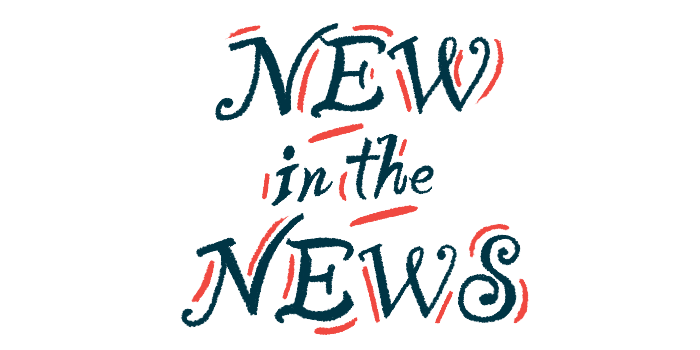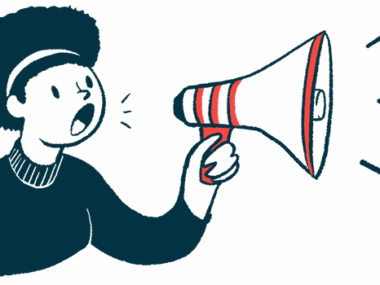Cognitive, physiotherapy common with Dravet, but benefits not clear
Survey study in Spain also finds such therapies costly for patients' families
Written by |

Most Dravet syndrome patients utilize various types of therapies beyond medicines to manage the disease, including physiotherapy, occupational therapy, and psychological therapy, according to a recent survey of caregivers and family members in Spain.
While survey respondents sometimes found these non-pharmacological interventions to be effective, sizable numbers were less certain of their benefits to the patient. They also could be expensive and a substantial economic burden for families.
“With this work, we highlight what kind of therapies patients with DS [Dravet syndrome] attend, and the impact these therapies have on patients,” the researchers wrote, noting a need for more research and education related to non-pharmacological interventions in Dravet.
The study, “Non-pharmacological therapeutic needs in people with Dravet syndrome,” was published in Epilepsy & Behavior. It was supported by Takeda, which is helping to develop soticlestat as a potential Dravet treatment.
Dravet syndrome treatments often extend beyond anti-seizure medications
While the cardinal manifestation of Dravet syndrome, a severe form of childhood epilepsy, is recurrent seizures, patients experience a broad and complex range of other disease symptoms, including intellectual disability and cognitive decline, autism-like behaviors or other behavioral disturbances, gait and motor problems, and troubled sleep.
As such, those with Dravet need multidisciplinary care beyond anti-seizure medications to adequately manage the disease and ensure the best possible quality of life.
However, “in contrast with the large number of studies concerning pharmacological therapies, little is known about non-pharmacological therapies in DS and how they may improve patients’ health and quality of life,” the researchers wrote.
Scientists in Spain conducted an online survey of family members and caregivers of 62 Dravet patients, all of whom were involved in a patient advocacy group. The survey focused on five types of interventions — cognitive (e.g., seeing a psychologist), motor (e.g., physical therapy or exercise), sensory (e.g., occupational therapy), metabolic (nutrition or hormonal treatments), and dental (e.g., orthodontics).
Patients had a mean age of 12.1 years and 31% were female. Other than seizures, the group’s most common symptoms included language difficulties, cognitive delays, and motor problems.
Many required special education outside of an ordinary school curriculum, but survey respondents indicated a need for schools to better understand their child’s needs. A majority, 71% of respondents, reported that school staff lacked adequate training in preventing and managing seizures.
Caregivers reported that most patients (91.9%) received some type of non-pharmacological intervention, with about half receiving two to four types. This most commonly involved a combination of cognitive, motor, and sensory therapies (19.35%).
Most often, sessions for these therapies were attended three to four times weekly (38.7%), and sometimes five to six times (11.3%) or more (1.6%).
Notable portion of caregivers unaware of a cognitive or sensory therapy’s effects
Among those receiving cognitive therapy, 49% of caregivers reported observing moderate or significant improvements due to the intervention. Moderate or significant improvements also were reported for 45% of those given motor therapy, and 30% of those given sensory therapy.
Fewer patients were receiving dental therapy, but among them, seven of 13 caregivers perceived that the intervention worked well or moderately well. Only one patient received metabolic therapy, and its quality of life impacts could not be determined.
A notable proportion of caregivers reported being unaware of a treatment’s effects. This was reported for 40% of those given cognitive or motor therapy, and 66% of those on sensory interventions.
The scientists believe these high proportions “could be due to the fact that those therapies are not covered by the national system,” and as such lack disease-specific indications for which they have been established as effective.
Non-pharmacological interventions often cost families about 100-300€ (about $110-330) per month, with several reporting higher costs. Nearly half of families or caregivers (48.4%) reported receiving no financial compensation from Spain’s national healthcare system to help cover the costs.
“It is therefore essential to consider their inclusion of non-pharmacological therapies in the national health system, so that the majority of patients benefit from them,” the researchers wrote.
Taken together, study findings emphasize a need for more research on the impacts of specific non-pharmacological therapies for Dravet patients in order to establish their potential benefits, and to more closely examine their economic impact on families, according to the scientists.
Since this study only involved Spanish families, “it would be interesting to see what happens at the international level,” the researchers added.
Such studies should look at available non-pharmacological care and education resources and their long-term impacts on patient health “based on the country and its health system,” the team concluded.







